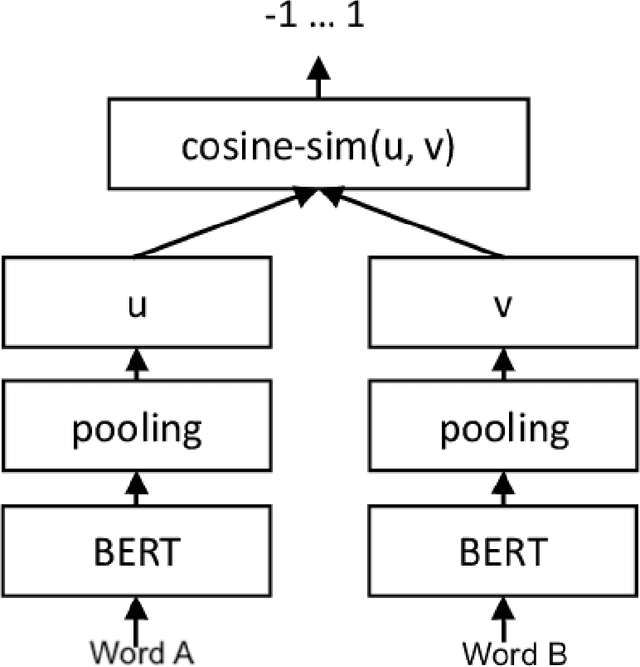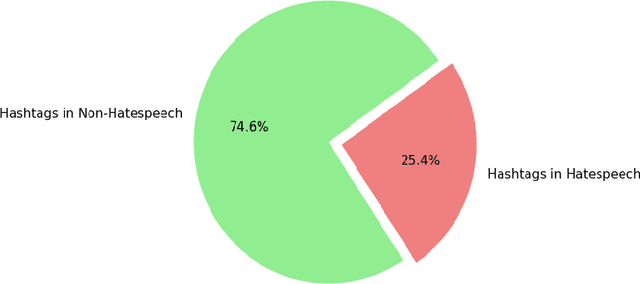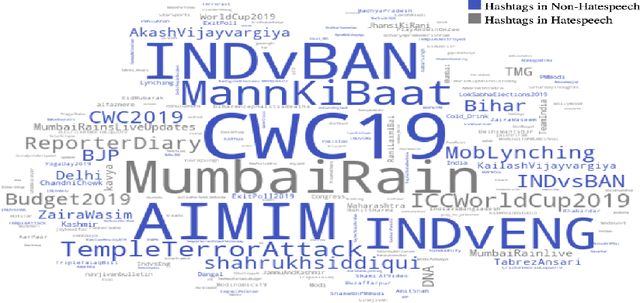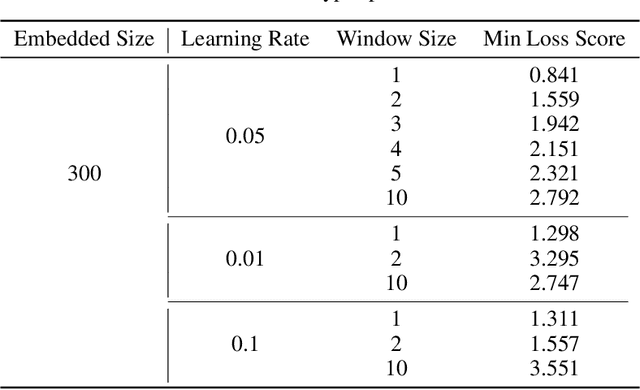Mahnoor Shahid
Machine Learning for Detection and Mitigation of Web Vulnerabilities and Web Attacks
Apr 27, 2023Abstract:Detection and mitigation of critical web vulnerabilities and attacks like cross-site scripting (XSS), and cross-site request forgery (CSRF) have been a great concern in the field of web security. Such web attacks are evolving and becoming more challenging to detect. Several ideas from different perspectives have been put forth that can be used to improve the performance of detecting these web vulnerabilities and preventing the attacks from happening. Machine learning techniques have lately been used by researchers to defend against XSS and CSRF, and given the positive findings, it can be concluded that it is a promising research direction. The objective of this paper is to briefly report on the research works that have been published in this direction of applying classical and advanced machine learning to identify and prevent XSS and CSRF. The purpose of providing this survey is to address different machine learning approaches that have been implemented, understand the key takeaway of every research, discuss their positive impact and the downsides that persists, so that it can help the researchers to determine the best direction to develop new approaches for their own research and to encourage researchers to focus towards the intersection between web security and machine learning.
Paint it Black: Generating paintings from text descriptions
Feb 17, 2023Abstract:Two distinct tasks - generating photorealistic pictures from given text prompts and transferring the style of a painting to a real image to make it appear as though it were done by an artist, have been addressed many times, and several approaches have been proposed to accomplish them. However, the intersection of these two, i.e., generating paintings from a given caption, is a relatively unexplored area with little data available. In this paper, we have explored two distinct strategies and have integrated them together. First strategy is to generate photorealistic images and then apply style transfer and the second strategy is to train an image generation model on real images with captions and then fine-tune it on captioned paintings later. These two models are evaluated using different metrics as well as a user study is conducted to get human feedback on the produced results.
White-Box Attacks on Hate-speech BERT Classifiers in German with Explicit and Implicit Character Level Defense
Feb 14, 2022



Abstract:In this work, we evaluate the adversarial robustness of BERT models trained on German Hate Speech datasets. We also complement our evaluation with two novel white-box character and word level attacks thereby contributing to the range of attacks available. Furthermore, we also perform a comparison of two novel character-level defense strategies and evaluate their robustness with one another.
Hindi/Bengali Sentiment Analysis Using Transfer Learning and Joint Dual Input Learning with Self Attention
Feb 11, 2022



Abstract:Sentiment Analysis typically refers to using natural language processing, text analysis and computational linguistics to extract affect and emotion based information from text data. Our work explores how we can effectively use deep neural networks in transfer learning and joint dual input learning settings to effectively classify sentiments and detect hate speech in Hindi and Bengali data. We start by training Word2Vec word embeddings for Hindi \textbf{HASOC dataset} and Bengali hate speech and then train LSTM and subsequently, employ parameter sharing based transfer learning to Bengali sentiment classifiers by reusing and fine-tuning the trained weights of Hindi classifiers with both classifier being used as baseline in our study. Finally, we use BiLSTM with self attention in joint dual input learning setting where we train a single neural network on Hindi and Bengali dataset simultaneously using their respective embeddings.
 Add to Chrome
Add to Chrome Add to Firefox
Add to Firefox Add to Edge
Add to Edge